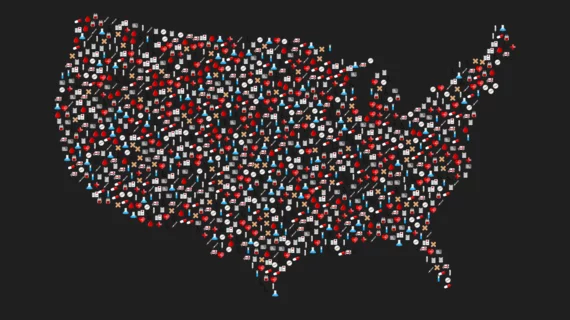24 weighted metrics in 4 telling categories reveal best, worst states for healthcare
The Northeast is home to seven of the best states for healthcare. The South is that picture’s reverse image, hosting seven of the worst.
So reports Forbes Advisor, which has weighted and compared 24 metrics from all 50 states.
Grouping the metrics into four key categories—healthcare access, healthcare outcomes, healthcare cost and quality of hospital care—the researchers found Minnesota crowns the overall best list.
Rounding out the top 10 are all six New England states—Massachusetts, Rhode Island, Connecticut, Vermont, New Hampshire and Maine—plus Michigan, Oregon and Pennsylvania.
Georgia brings up the rear. The report’s authors note the Peach State lands at dead last due largely to its having the second highest percentage of residents who haven’t seen a doctor in a year or more due to cost—and the third highest percentage of residents with no health insurance.
Not faring much better in these and similar metrics are Alabama, North Carolina, Mississippi and South Carolina.
Also landing in the bottom 10 are Arkansas, New Mexico, Texas, Nevada and Indiana.
Minnesota’s winning attributes include very low rates of death caused by influenza, pneumonia and kidney disease—and very high scores for quality of hospital care.
The North Star State also boasts the third highest ratio of critical care nurses and certified registered nurse anesthetists per 10,000 adult residents, the fourth lowest percentage of residents who haven’t seen a doctor within a year due to cost, and the fifth lowest percentage of residents who lack health insurance.
The report’s authors drew data on hospital quality from 2021–22 CMS records. They also used 2022 population data from the U.S. Census Bureau.
For the full findings and methodologies, including descriptions and weightings of the 24 metrics, click here.

